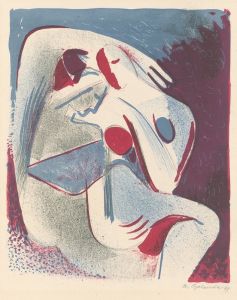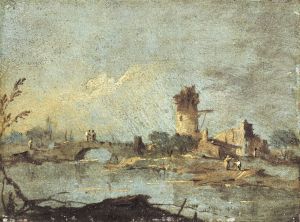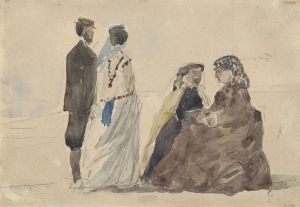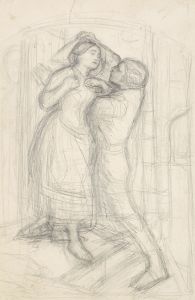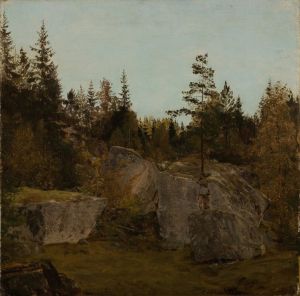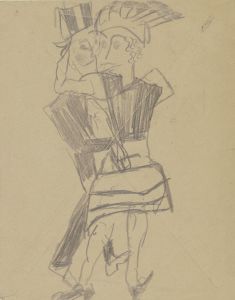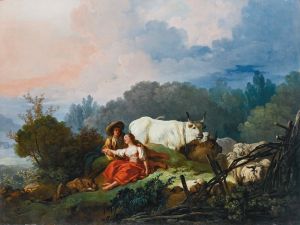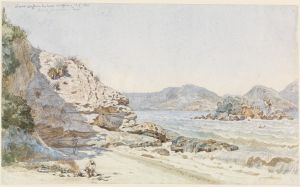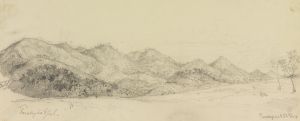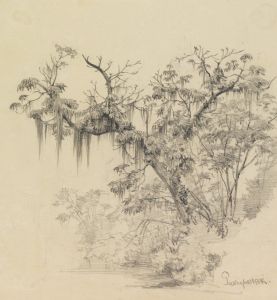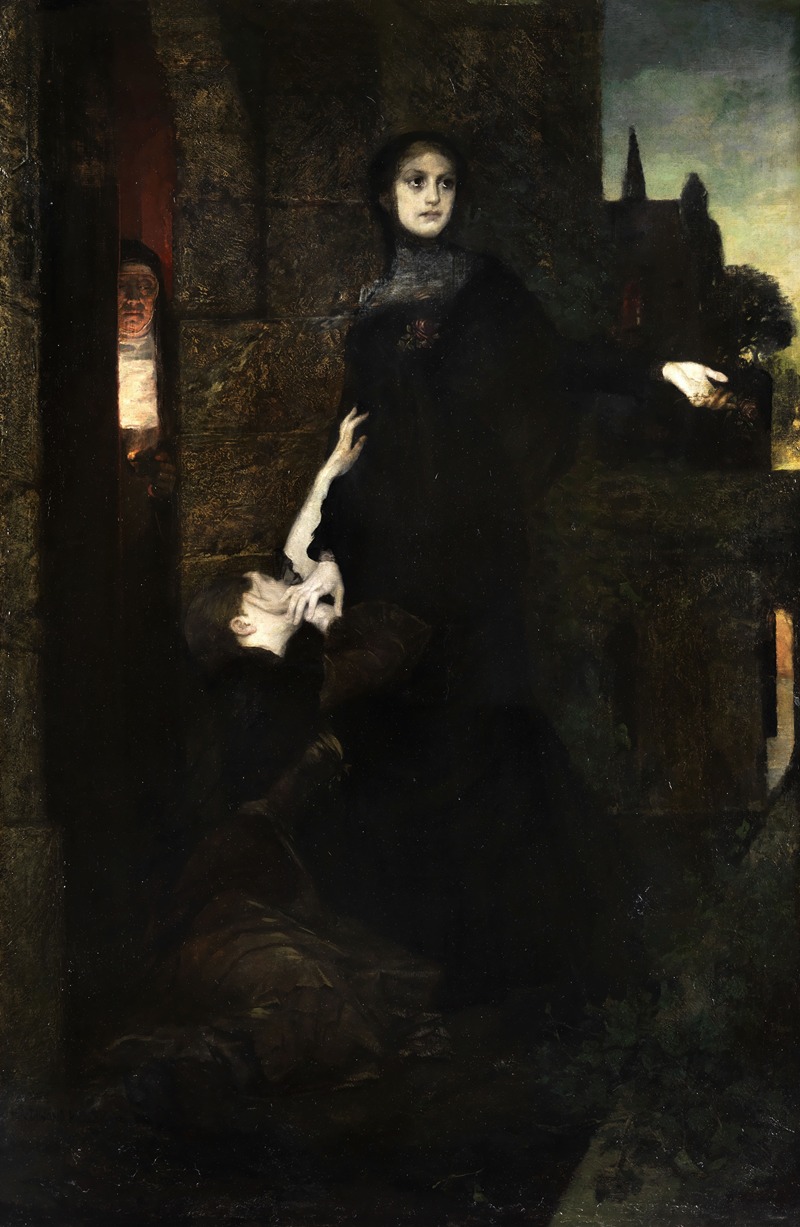
Romantic scene
A hand-painted replica of Ferdinand Keller’s masterpiece Romantic scene, meticulously crafted by professional artists to capture the true essence of the original. Each piece is created with museum-quality canvas and rare mineral pigments, carefully painted by experienced artists with delicate brushstrokes and rich, layered colors to perfectly recreate the texture of the original artwork. Unlike machine-printed reproductions, this hand-painted version brings the painting to life, infused with the artist’s emotions and skill in every stroke. Whether for personal collection or home decoration, it instantly elevates the artistic atmosphere of any space.
Ferdinand Keller was a notable German painter of the 19th century, recognized for his contributions to the Romantic movement in art. Born on August 5, 1842, in Karlsruhe, Germany, Keller developed a keen interest in painting from a young age. He studied at the Karlsruhe Academy of Fine Arts and later in Munich, where he honed his skills and was influenced by the prevailing artistic trends of the time.
Keller's work is characterized by its romantic sensibility, often depicting historical, mythological, and allegorical subjects. His paintings are known for their dramatic compositions, rich color palettes, and attention to detail, which were hallmarks of the Romantic style. Keller's ability to convey emotion and narrative through his art made him a prominent figure in the German art scene during his lifetime.
One of Keller's notable works is "Romantic Scene," which exemplifies his mastery of the Romantic aesthetic. Although specific details about this particular painting are limited, it is likely that the work embodies the key elements of Romanticism, such as an emphasis on emotion, nature, and the sublime. Romantic art often sought to evoke a sense of wonder and awe, capturing the beauty and power of the natural world and the complexities of human emotion.
Keller's "Romantic Scene" would have been created during a period when artists were exploring themes of individualism and the imagination, reacting against the rationalism of the Enlightenment and the industrialization of society. Romantic artists like Keller were interested in exploring the depths of human experience, often turning to nature, history, and mythology as sources of inspiration.
Throughout his career, Keller received numerous commissions and accolades, establishing himself as a respected artist in Germany and beyond. His works were exhibited in various galleries and exhibitions, contributing to the cultural landscape of the time. Keller's influence extended to his role as a teacher, where he mentored a new generation of artists, passing on his knowledge and passion for the Romantic style.
Ferdinand Keller passed away on July 8, 1922, leaving behind a legacy of artistic achievement. His paintings continue to be appreciated for their emotional depth and technical skill, reflecting the enduring appeal of the Romantic movement. While specific information about "Romantic Scene" may be scarce, Keller's body of work as a whole remains a testament to his talent and the cultural currents of his era.
In summary, Ferdinand Keller's "Romantic Scene" is a representation of the Romantic movement's ideals, characterized by its focus on emotion, nature, and the sublime. Although detailed information about this particular painting is limited, Keller's overall contribution to art is well-documented, highlighting his role as a significant figure in 19th-century German painting.





